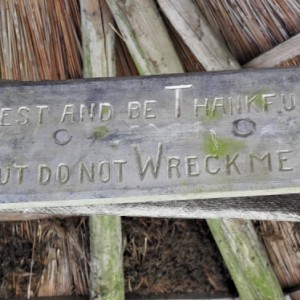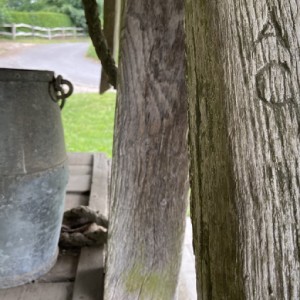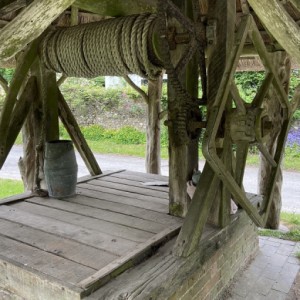Well, well, well
I recently acquired a set of the 'Recording Britain' books, a World War Two art initiative intended to boost national morale by celebrating the British landscape and architectural heritage. In the Sussex section is a picture of the post-Medieval well at East Marden by Sir William Russell Flint (see Extras). I wasn't even aware of the well's existence until I saw it in the book, so I decided a field trip was in order!
The write-up from 'Recording Britain' gives more detail than anything I've managed to find online:
Until 1924 the villagers of East Marden (half-way, for a crow, between Petersfield and Chichester) drew their drinking water from this old well near the church. The water, said to have been delicious, was remote. To lower the empty bucket and bring it up full was a task occupying twenty minutes In such circumstances the case for teetotalism must have called for novel presentation.
Since the low brick wall surrounding the well is climbable by even small children, there was a locked cover; each household had its key.
Eight gnarled, wooden posts support a conical, thatched roof, the general effect being highly decorative. But the principal object of interest is that which forms the main feature of the drawing - the square wheel. Difficult and technical explanations of its shape can be obtained from some of the older inhabitants, but they put them forward with no great confidence and move on with relief, as soon as possible, to the claim that the wheel has not its like anywhere.




Comments
Sign in or get an account to comment.


